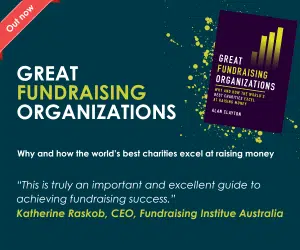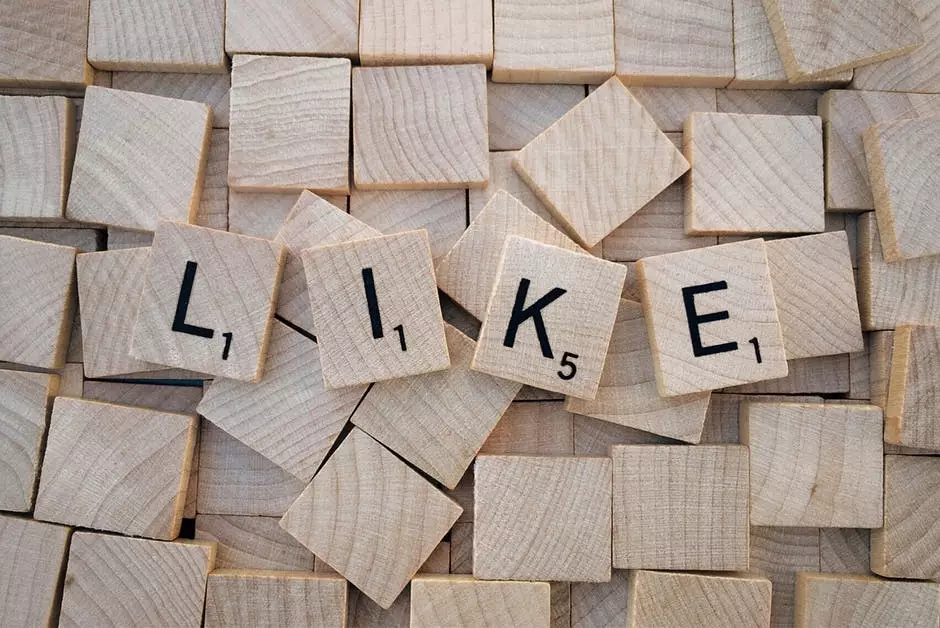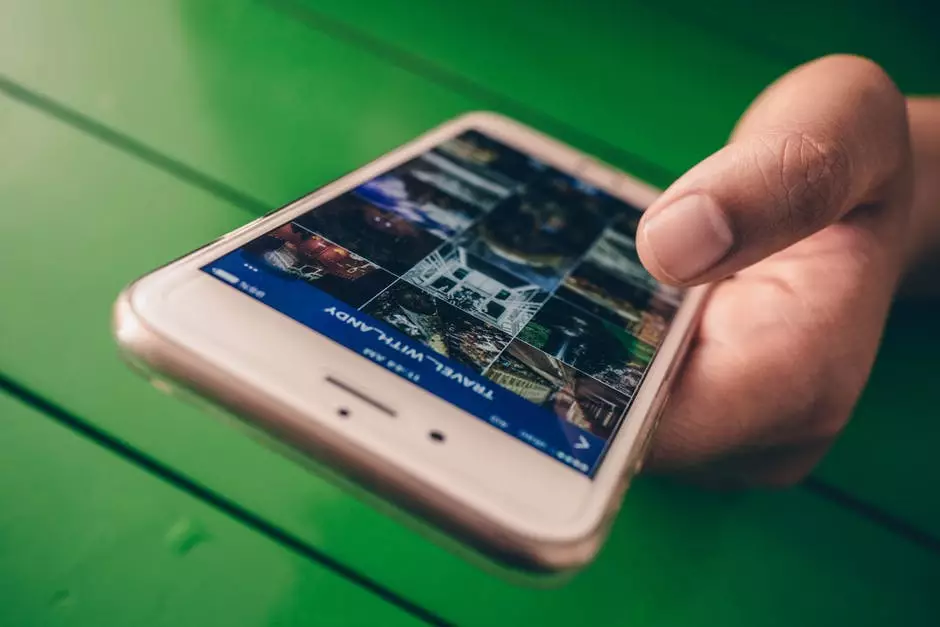Complete Guide to Social Media for Raffles and Lotteries
- Introduction to social media
- Social media overview
- Hashtags
- Building an audience
- Content overview
- Social Media Campaigns
Congratulations for starting your digital fundraising journey using raffle and lotteries! It’s now time to start preparing your promotional methods and one of the main ways to raise funds, build an engaged audience and reach new players, is through social media. There are over 80 Million social media users* in the UK alone today, so it is an extremely powerful method of promotion.
*Facebook, Twitter, Instagram and Linkedin combined.
1. Your cause and why your cause relies on public generosity.
2. The chance to win the amazing prize(s) and be rewarded.
Download our free social media checklist to help you keep track of your campaign(s) and its progress.
2. Social Media Overview
There are hundreds of social media platforms available online, however, the most popular are Facebook, Twitter, Instagram and Youtube. In this guide we will go through each of these platforms in more details and how to tailor your message to suit both your organisations voice and each individual platform. Each platform has different objectives for example, Instagram is an image sharing platform whereas Twitter heavily focuses on short and quick updates. It is important to understand the role of each platform and how they relate or don’t relate to your organisations brand and voice.
-
I want to reach a new and younger audience
-
I want to re-engage a lapsed social media audience
Advertisement
-
I want to test the engagement rate of a specific demographic
-
I want to increase my current conversion rate
Once you have a list of your objectives it is then a good idea to create a list or action plan with simple goals that you can complete in order to achieve your overall objectives. Your goals could be:
-
I will schedule at least 2 Facebook posts per week promoting our page
-
In one month, I will review our Facebook posts in Insights and create a plan of action on content
-
I will ask one influencer in our organisation to Tweet about our campaign every week
-
I will incorporate our campaign Hashtag into our marketing materials
3. Facebook
Facebook is one of the largest social networking sites boasting 1.5 Billion active monthly users. Facebook is typically used to share photographs, stories & videos with friends & family, however as it grows so does the potential for charities and organisations to promote material on Facebook.
Facebook can be used as an effective tool for promoting material to a dedicated and loyal online community. Building this community largely depends on what type of content you are creating – *remember the 80/20 rule. Building an engaged community on Facebook takes time and nurturing. It is important to keep your audience up to date with your latest news and information. However if you are starting from scratch, try liking other Facebook pages that relate to your organisation and seeing what it is working for them. Tailor this to your personal strategy and keep amending your content according to your analytics.
There is no 140-character limit on Facebook but this doesn’t mean that you should start posting essays. Jeff Bullas found that 40 was the magic number & that a 40 character post has a 86% higher engagement rate. So keep it short & sweet! Use engaging images & videos where possible. As we reach a more advanced mobile age, people are viewing your posts on the go, so a beautiful image or short video will keep your audience engaged. 87% of posts with images get shared. It is also important to remember to track, track, track! Use Link Tracking sites like Bit.Ly to see who is sharing, engaging and what content is working best.
Here are some general Facebook rules:
1. The 80/20 rule: Your content strategy should be based around the 80/20 rule. You should post 80% non-promotional material that helps your audience plus 20% promotional material marketing your products or cause.
2. Facebook Tools:
Canva: to create quick social media posts with free stock images.
Page Insights: for quick, on screen analytics to help you see what is working and what isn’t.
*Keep in mind the 80/20 rule: 80% non-promotional, 20% promotional material.
Scheduling Facebook posts not only helps drive engagement rates but also saves you time to create more effective content. You can schedule posts directly through Facebook by clicking on ‘Schedule’ on the drop down menu for ‘Publish’. If you’d prefer to schedule posts through a third party app you can use apps like Hootsuite or Buffer.
Download our full Facebook Guide here.
Optimal Times
Studies have shown that generally Facebook’s optimal posting times are at 1pm, 3pm and 8pm. Buffer argues that 3pm posts get more clicks and 1pm posts get more shares. Remember to listen to your own audience with analytics and see at what times you are getting the most engagement and tailor.
Optimal Days
Studies have shown that Facebook posts work best on Saturday’s & Sundays with a 32% higher engagement rate. Thursday’s & Friday’s have an 18% higher engagement rate with people mainly sharing funny, lighthearted content on a Friday.
Facebook Tips & Tricks
– Images of humans (especially when smiling & making eye contact) drives conversion rates better than images of inanimate objects.
– Ask questions to increase engagement rates and get conversations going.
– Questions at the end of a post has a 15% higher engagement rate.
– Remember the 80/20 rule and keep to it for all social media strategies. 80% non-promotional, 20% promotional.
– You don’t need to post more than twice daily on Facebook, remember content is king. Quality over quantity wins on Facebook.
– Facebook peak times are 1pm, 3pm and 8pm. Post between the three and see when you are getting more engagement and tailor your strategy to how your community is responding.
– There are 8 Billion DAILY video views on Facebook alone – share your videos and reach higher engagement rates.
– Like & Comment on Facebook Pages similar to yours either in industry or opinion. It is a good way to building a new audience.
4. Twitter
Twitter is a social networking site designed for quick, live updates with a character limit of 140. Twitter is used by charities, brands & individuals all over the globe with 320 monthly active users and 14.8 Million active monthly users just in the UK.
Building an online community can be difficult and will take time, however an engaged community will help your marketing efforts. Imagine you are searching for a way to help a cause close to your heart and stumble upon a Twitter page dedicated to that specific cause, posting relevant information and ways you can help make a difference and engage with your community. It is important to regularly engage with your community by replying, commenting, retweeting and mentioning what is relevant and interesting. Twitter is used to start conversations so what better way to do that then to engage with your own community. Through this you will build a dedicated and loyal following ready to take action when your next campaign launches.
If you are short of time and resource it is a good idea to start scheduling Tweets. There are many benefits to scheduling tweets as you are able to tweet during your optimal times and post even when you are away. Unfortunately, there is no way of scheduling tweets through Twitter itself. There are third party apps that will help you do this such as Buffer and Tweetdeck which help you post content on a weekend, for example, when you are out and about.
Content is key when creating an engaged and loyal community especially when fundraising. Create content that will resonate with your audience whether it is inspirational case studies or a sneezing panda. A fully developed content strategy will help outline your objectives and how you will tackle the use of social media to fundraise.
Below is a list of content statistics on Twitter to consider when creating a content strategy.
Tweets with images get 2x more engagement than tweets without. Tweets that are less than 100 characters has a 17% higher engagement rate.
Tweets containing Hashtags receive 2x more engagement, however tweets with MORE than two hashtags receive a 17% drop in engagement.
Download our full Twitter Guide here.
Social media influencers
Influencers are people using Social Media that have a significant following and audience. Many influencers include celebrities like Russell Brand, however influencers can be anyone from Thought Leaders to Bloggers. Tools like Klout can be used to find and target the right influencers for your charity or cause. Once you have a list of social influencers you’d like to work with it is important to make sure that your influencer stays on brand and has the tools needed to promote your campaign correctly and effectively.
Twitter tips and insights
– Use sites like Bit.Ly or Owl.ly to shorten & track URL links and keep to the 140-character limit.
– General optimal times to Tweet are between 12pm and 3pm when people are usually on their lunch breaks.
– Use Twitter Lists to track competitors, influencers and promoters so you can regularly engage and comment.
– Questions at the end of a Tweet has a 15% higher engagement rate.
– Listen and track specific Hashtags (#CharityLottery) or Keywords to see what conversations are happening on Twitter and engage accordingly.
5. Instagram
There are 500 Million active Instagram users with 300 Million users using the platform on a daily basis. Instagram is the fastest growing social media platform; far surpassing Facebook and Twitter, with over 10 Million new users every month. It is clear that Instagram is definitely a place where your organisation should consider having a presence.
Promoting your raffle or lottery on Instagram is quick and simple especially with online graphics tools like Canva. You can get creative with your imagery by adding text or graphics, or keep it simple by taking photographs of your organisation in action.
Hashtags
*You can regram or repost images to your own social feeds using tools like the ‘Repost It!’ App.
-
Consider using more than one Hashtag that relates to your image or your cause to reach more people on Instagram.
-
Consider doing ‘Instagram Takeovers’ where you hand off your account to social media influencers, supporters or even other organisations.
6. Hashtags
Hashtags are used to separate conversations and posts into specific categories. Using a hashtag helps get content discovered, segment your messages and lets users focus on each particular conversation at any one time. For example; #NoMakeUpSelfie which raised over £8m for Cancer Research UK. By using a Hashtag that is short, simple and easy to understand will enable your audience to chime into the conversation and throw in their own ideas. It also helps you keep track of what is being said online simply by tracking that hashtag.
7. Building an Audience
Social Media can be used as an effective tool for promoting material to a dedicated and loyal online community. Building this community largely depends on what type of content you are creating – remember the 80/20 rule.
The 80/20 rule: Your content strategy should be based around the 80/20 rule. You should post 80% non-promotional material that helps your audience plus 20% promotional material marketing your products or cause.
Building an engaged community on social media takes time and nurturing. It is important to keep your audience up to date with your latest news and information. However if you are starting from scratch, take a look at other social media accounts and seeing what it is working for them. Tailor this to your personal strategy and keep amending.
It is essential that you consistently engage with your online community by replying to questions ideally within 30 minutes. Like and Comment on other accounts, status updates and posts that relate to your cause or campaign.
Everyone loves being rewarded!
Social media is the perfect place to reward your loyal audience with a simple competition. Create a simple campaign aimed at rewarding your current audience (as well as adding to your community). You can try a photo caption competition or ‘Guess the number of hearts in the jar’ for a special Valentine’s day treat. Winners could get a free entry into your raffle or lottery!
In the initial stages of your campaign, you will be able to see what is responding better. Tailor your content to what your community is saying, or even reuse content that received the most engagement. Remember, your social media accounts should be relatable and informative. Keep in mind your target audience and continue to engage with your supporters online.
8. Content Overview
Content marketing refers to the creation and distribution of relevant, engaging and relevant content. Marketers must create content that will attract their target audience to their websites and landing pages. Begin Content Creation with ‘Why?’. Why are you creating this content? What value will it have for your target audiences? We believe that content should be personalised to suit each ‘persona’ (a subtype of your target audience). As we live in a digital age, it is becoming even harder to capture the attention of an online audience, so be creative, unique and take strategic risks. Your content marketing strategy will adapt and change frequently, so don’t be scared to test material and gather results.
Distribution of content is equally as important as you have done all of the hard work of creating amazing content; now you need people to see it, comment on it, engage with it, share it… Be proud of your content by sharing it on your social media channels, email marketing campaigns, newsletters and go that extra mile by investing in a social media advertising budget.
Download Free Images that you can use to get started with your Marketing content.
9. Social Media Campaigns
Running a social media campaign to promote your lottery or raffle is a great way to reach your target audience and engage with your supporters. A social media campaign differs from your everyday social media management as it is tailored to one or two particular goals and objectives. To begin, you will need a clear, measurable and specific goal. What do you want to achieve with this social media campaign? Below are some examples of goals:
-
We need to increase our ticket sales by (x) amount, before (x) date.
-
We need to reach (x) amount of people on (x) social media platform.
-
We want to test out (x) videos on (x) platforms for analytics.
Once you have a clear goal in mind you can begin creating your social media campaign. Like any solid campaign, you will need to be able to answer the following questions before you begin:
-
What is your budget?
-
Who is your target audience for this campaign?
-
Which social media methods will you be using? (Advertising, Social Influencers).
-
Who are your social media influencers? Are they willing to promote this campaign?
-
Which social media platforms will you be using for this campaign?
-
How long will the campaign run?
-
What content will you have for this campaign?
Once you have your answers, you can begin creating a detailed social media campaign strategy outlining key dates, content, key tasks and how you will record and analyse the campaign.





